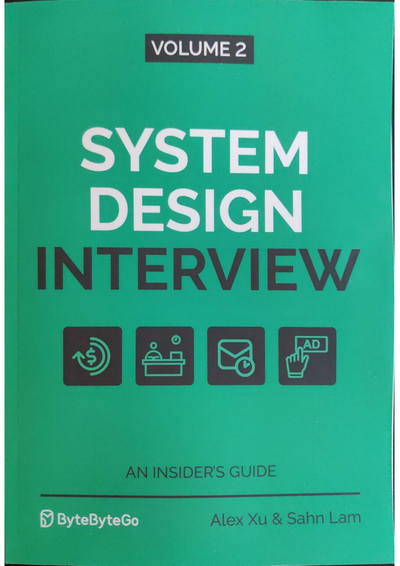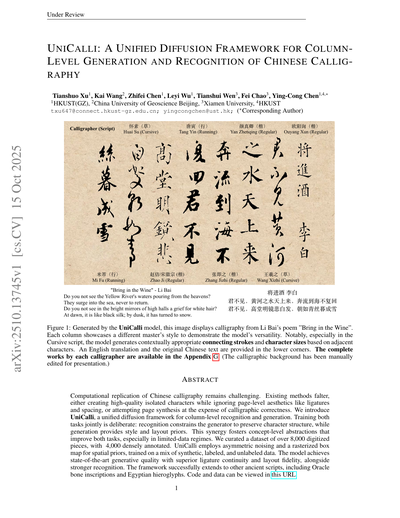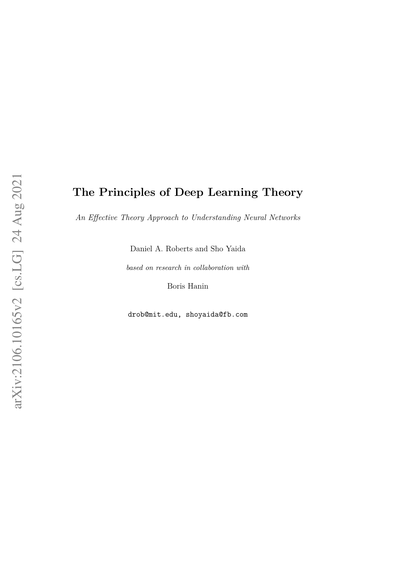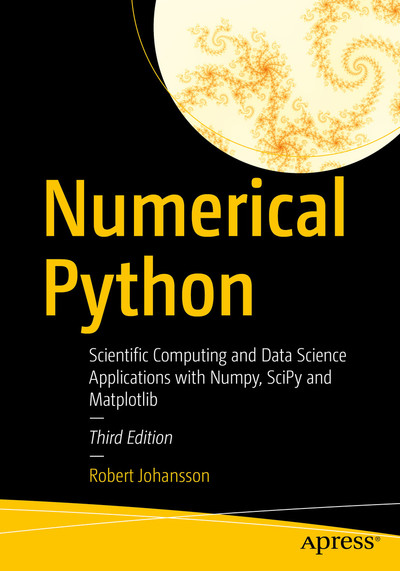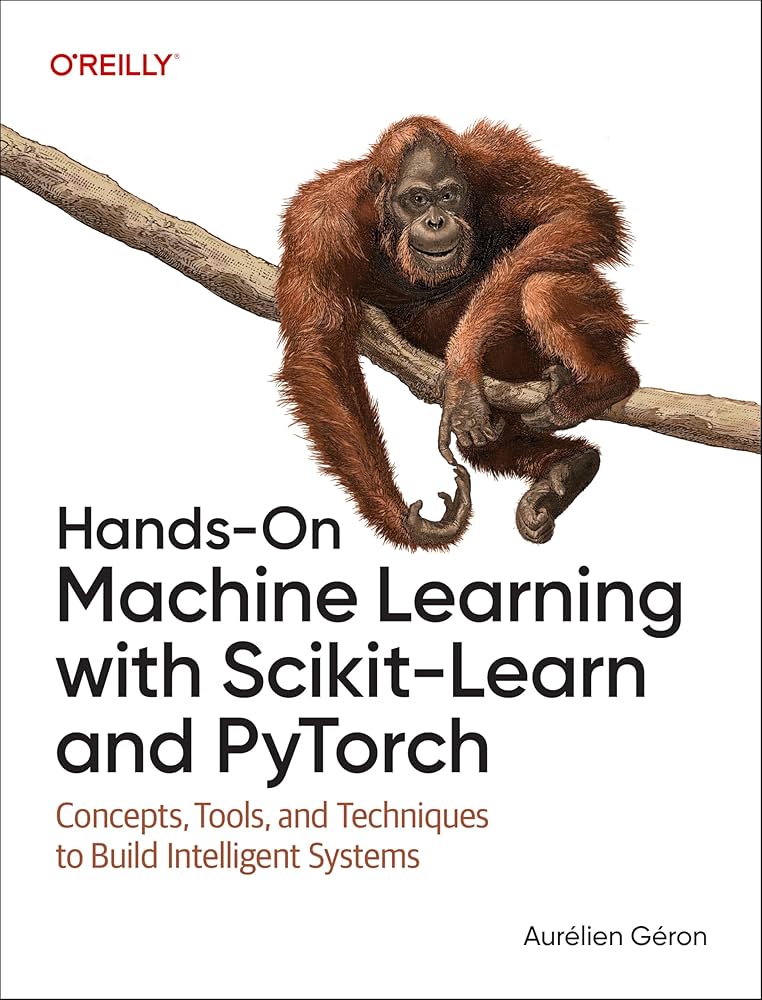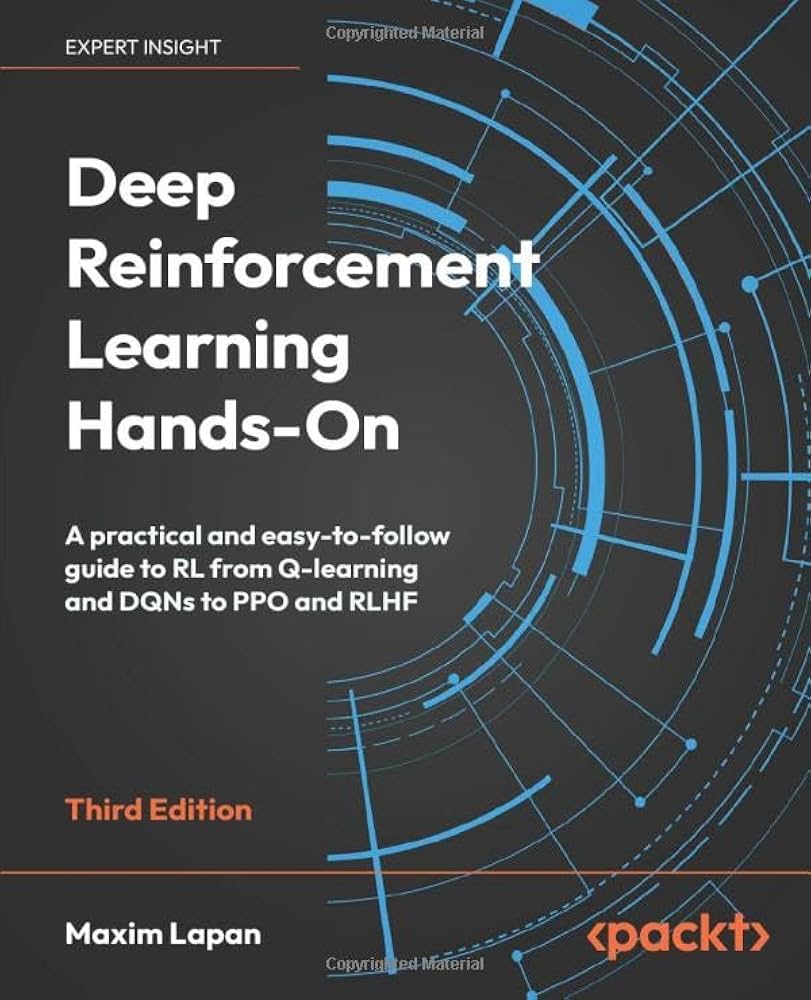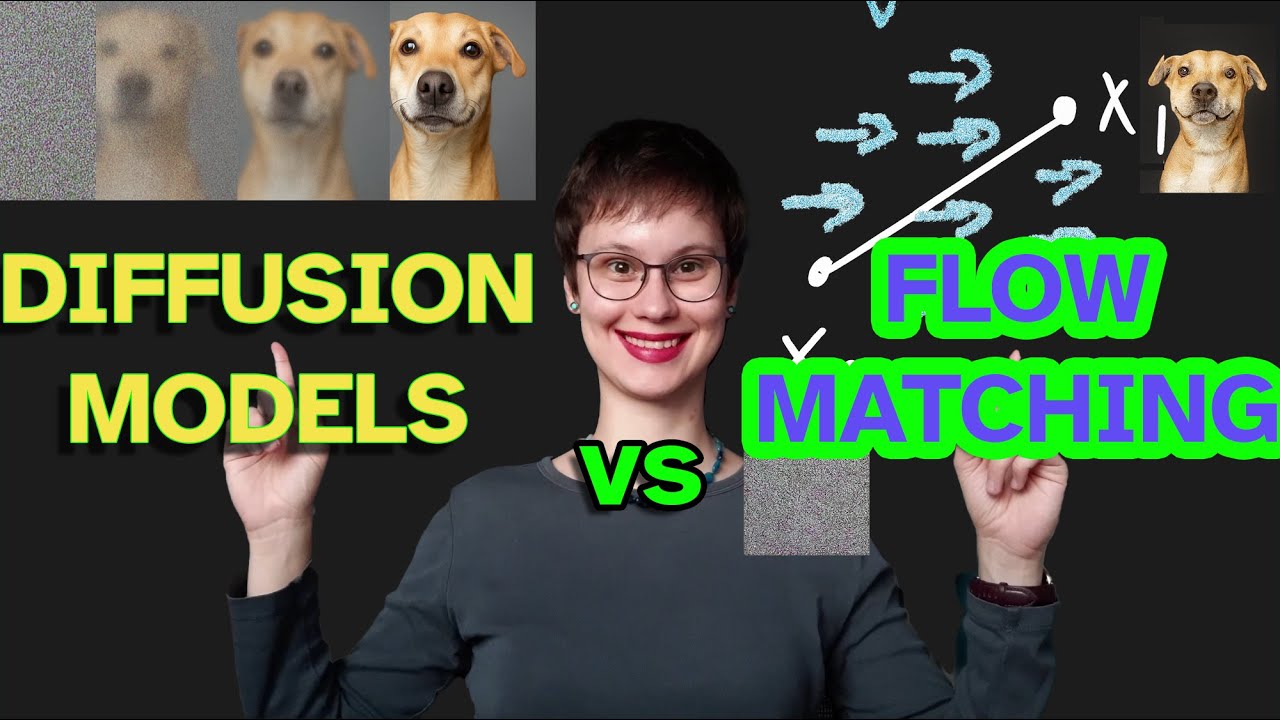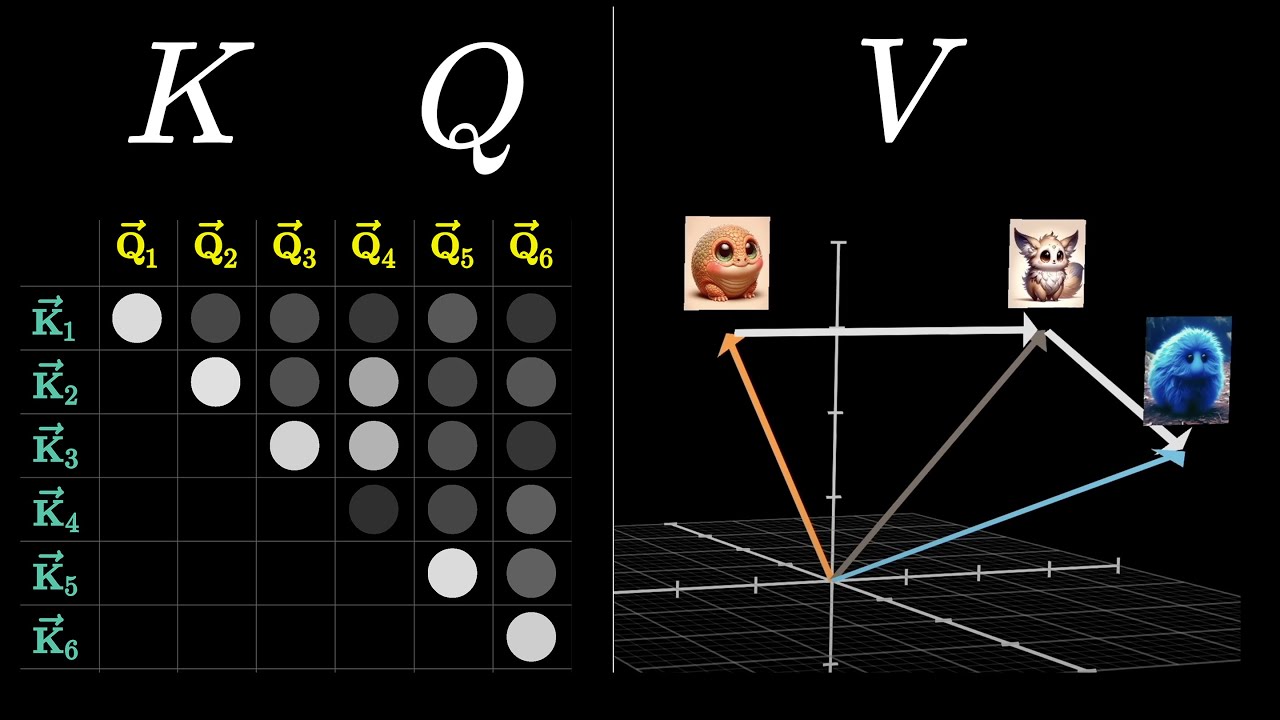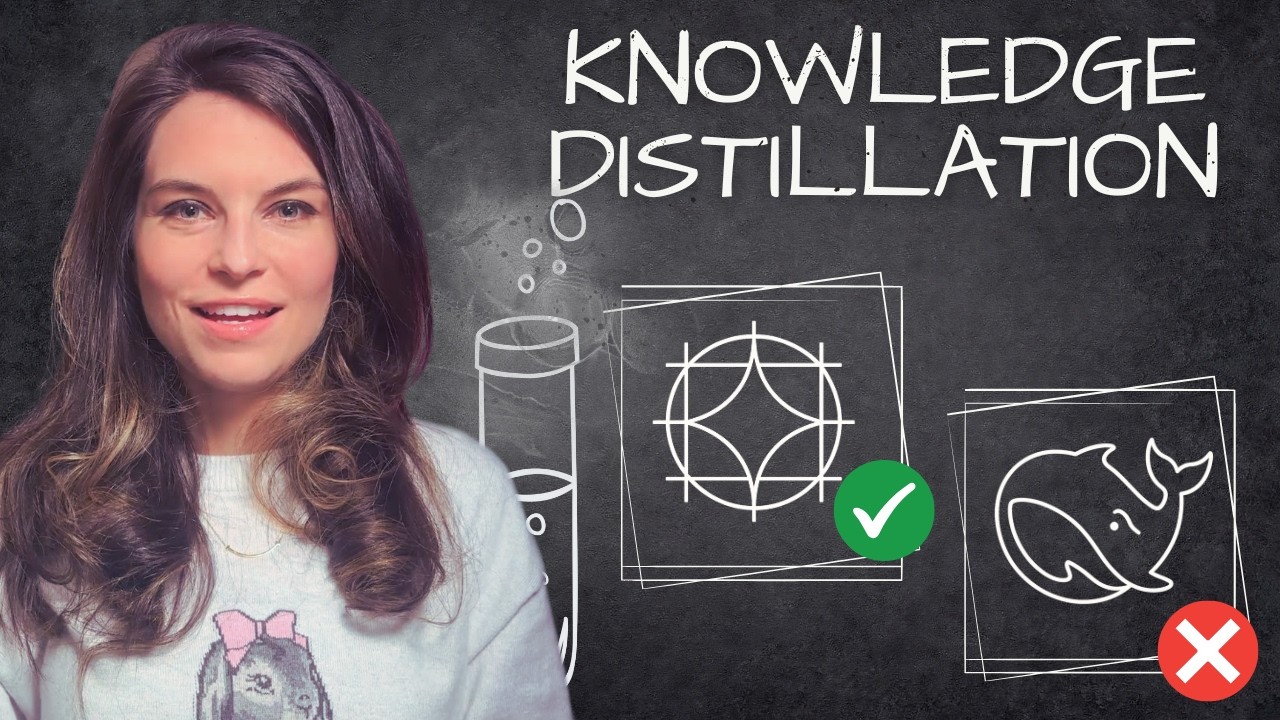
Online Workshop Every Week
Join our free weekly interactive learning sessions.
Master AI/ML with instant feedback and personalized learning
"Cogito, ergo sum" (I think, therefore I am)
— René Descartes

Free Problems
Quantization Fundamentals Practice
This problem set tests your understanding of quantization fundamentals as explained in the video "How LLMs survive in low precision | Quantization Fundamentals". You'll explore why quantization is necessary, when it's applied, and how the mathematical transformations work between floating-point and integer representations. The problems progress from basic concepts to advanced quantization arithmetic.
26 pts
Medium
101
quantization
large language models
model efficiency
+7
Place Value Pioneers: Navigating the Number System with Number Sense
This problem set takes students on a journey through our place value system, building strong number sense by exploring how numbers are structured, compared, and operated on. Students will work with whole numbers, decimals, and fractions while applying place value understanding to solve real-world problems involving measurement, geometry, and data analysis. The mixed difficulty problems progressively build from basic place value concepts to more complex applications across multiple mathematical domains.
16 pts
Easy
97
measurement
plant growth
number sense
+6
The KV Cache: Memory Usage in Transformers
This problem set explores the KV (Key-Value) cache mechanism in Transformer models, which is crucial for understanding memory usage during text generation. The problems cover concepts from basic self-attention mechanics to advanced memory calculations, based on the YouTube video "The KV Cache: Memory Usage in Transformers".
29 pts
Medium
102
transformers
self-attention
neural networks
+7
Cache-Augmented Generation vs Traditional RAG Systems
This problem set explores the revolutionary Cache-Augmented Generation (CAG) methodology that challenges traditional Retrieval-Augmented Generation (RAG) systems. Based on the video "Goodbye RAG - Smarter CAG w/ KV Cache Optimization," these problems examine how key-value cache optimization enables retrieval-free knowledge integration, leveraging extended context windows of modern LLMs. The problems progress from fundamental concepts to advanced architectural implications, requiring synthesis of transformer mechanics, attention mechanisms, and system optimization strategies.
69 pts
Expert
95
transformer models
auto-regressive generation
computational complexity
+7
Speculative Decoding - When Two LLMs are Faster than One
This problem set explores the key concepts from the video "Speculative Decoding: When Two LLMs are Faster than One" which introduces a technique for speeding up transformer inference using two language models. The problems cover the algorithm, mathematical foundations, and practical considerations of speculative decoding as explained in the Deep Mind and Google papers.
33 pts
Medium
95
speculative decoding
large language models
llm optimization
+7
🎶Learn AI via Pop Music - CNN
This problem set covers fundamental concepts in Convolutional Neural Networks (CNNs) based on the YouTube song "CNN". The problems progress from basic CNN components to advanced architectures and techniques, testing your understanding of convolution operations, network architectures, optimization methods, and computer vision applications. Each question is directly related to concepts mentioned in the song transcript.
30 pts
Medium
99
convolutional neural networks
image recognition
spatial operations
+7
Premium Problems
Knowledge Graphs
USA AI Olympiad
Explore competitive programming and AI contest preparation concepts
Grade 5 Math
Discover elementary mathematics concepts and learning paths
Featured PDFs
View All PDFsSystem Design Interview: An Insider's Guide Volume 2
116 questions
348 pts
System Design Interview: An Insider's Guide
108 questions
317 pts
UNICALLI: A UNIFIED DIFFUSION FRAMEWORK FOR COLUMN-LEVEL GENERATION AND RECOGNITION OF CHINESE CALLIGRAPHY
10 questions
38 pts
The Principles of Deep Learning Theory
107 questions
418 pts
Featured Books
View All BooksAcing the System Design Interview
153 questions
456 pts
Numerical Python: Scientific Computing and Data Science Applications with Numpy, SciPy and Matplotlib
190 questions
543 pts
Hands-On Machine Learning with Scikit-Learn and PyTorch
200 questions
554 pts
Deep Reinforcement Learning Hands-On - Third Edition
222 questions
720 pts
Featured Videos
View All VideosFlow-Matching vs Diffusion Models explained side by side
10 questions
29 pts
Attention in transformers, step-by-step | Deep Learning Chapter 6
10 questions
30 pts
Knowledge Distillation: How LLMs train each other
10 questions
27 pts
Diffusion Model
10 questions
32 pts
Popular Topics
machine learning
56
deep learning
40
neural networks
35
reinforcement learning
33
system-design
28
grade5
27
optimization
14
large language models
13
attention mechanisms
13
combinatorics
13
system-architecture
13
natural language processing
12
aime problems
12
Number Sense
12
scalability
11
beginner
10
number theory
10
performance
10
transformers
9
capacity-planning
9
Click on any tag to filter problems by that topic
